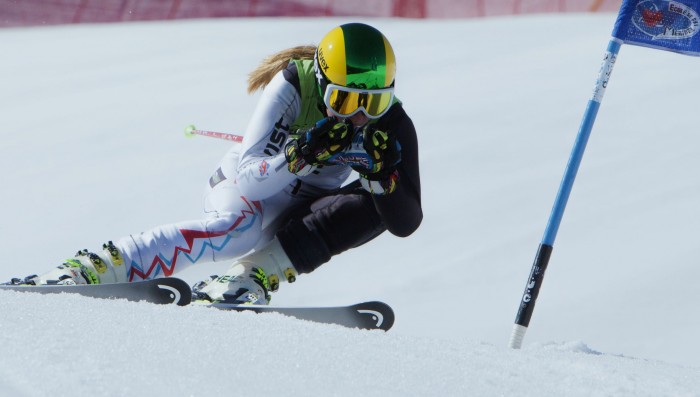×
With summer now a distant memory, we’ve now got chilly temperatures, icy roads and slippery pavements to contend with. Personally, I’m not a big winter person and much prefer the sunshine and warm weather but for many this is their favourite time of year. For a lot of people, it’s the return of the ski season that makes the winter months so appealing.
Given my history of knee injuries acquired from playing football, I have to confess I’m not a skier and have no plans to become one anytime soon. If however, you're planning on embarking on a ski-holiday over the winter or you’re just heading up to Glenshee to hit the slopes, then you’ll want to make sure you’re ready to go when the snow starts falling.
Injuries are very common among skiers and many can be prevented by simply making sure your body is in good enough shape and well enough prepared for tackling the slopes. It’s great exercise but skiing does use a variety of different muscle groups, including some that you may not normally use in your day-to-day life. Making sure these different muscles are equipped for the strain that skiing puts on them is the best way to reduce your risk of injury. Injuries are common among skiers and many can be prevented by making sure your body is in good shape and is prepared for the slopes.
The key areas that need work before the ski season starts are mostly in and around your legs. Your quadriceps, hamstrings, glutes, inner and outer thighs and calves will all be worked hard when you’re hurtling down a mountain at speed. You’ll also likely feel some strain in your stomach, back and arms.
The quads are probably the main muscle used in skiing and this is a great place to start your pre-ski training programme. Simple exercises such as lunges, box jumps and squats are easy to do and can be done from home if you don’t have time to go to the gym. If you can get to a gym, then you can add dumbbells and kettlebells to the mix, to increase the strain on the muscles. You’ll also find machines such as the leg press useful too and that’ll work more than one muscle too. The leg press will also strengthen your hamstrings, calves and glutes.
A tricky one to get the hang of but one that’s an excellent exercise for skiers is backwards walking on a treadmill. Start walking very slowly on the treadmill at just a couple of miles per hour and increase the incline to the highest level. Then, very carefully turn around so you’re facing backwards and your toes are pointing toward the end of the belt. As you walk, drop to a squat so that your knees are at nearly 90 degrees, similar to the tuck position of skiing. You may think it sounds easy but trust me after about thirty seconds your quads and glutes will be on fire!
 Although the legs and quads in particular bear the brunt of the strain on your muscles during skiing, it’s important not to neglect other areas of your body if you want to remain injury-free this ski season. At home, press-ups and bench dips will work your arms while sit-ups and planks can strengthen your core muscles. Bicep curls, pull-ups and single arm rows are useful exercises for the arms if you have access to the gym and lat pulldowns will help strengthen your back.
Although the legs and quads in particular bear the brunt of the strain on your muscles during skiing, it’s important not to neglect other areas of your body if you want to remain injury-free this ski season. At home, press-ups and bench dips will work your arms while sit-ups and planks can strengthen your core muscles. Bicep curls, pull-ups and single arm rows are useful exercises for the arms if you have access to the gym and lat pulldowns will help strengthen your back.
Don’t forget that cardio is also important so running on the treadmill or going for a row on the rowing machine are both good ways to get the heart going. By starting these exercises six weeks before the ski season starts, you will have your body in perfect shape to tackle the snow and get more enjoyment out of the slopes without worrying about niggling injuries. Three sessions per week working the different muscle groups highlighted will give you the ideal preparation and while your friends are hobbling after a few days on the mountain your muscles will feel fantastic and ready to keep going throughout the winter months.
Live Active Leisure has launched a new campaign encouraging the residents of Perth and Kinross to ‘Travel the World with LAL’.
May 27th Wednesday 2020
Chrystal Matthan is the 24 year old netball player from Perth who was recently selected for the Scottish Thistles Long Squad!
February 27th Thursday 2020
Foundation trustee Charlie Gallagher recently handed over a £2000 cheque to Academy head of youth development Alistair Stevenson.
January 31st Friday 2020